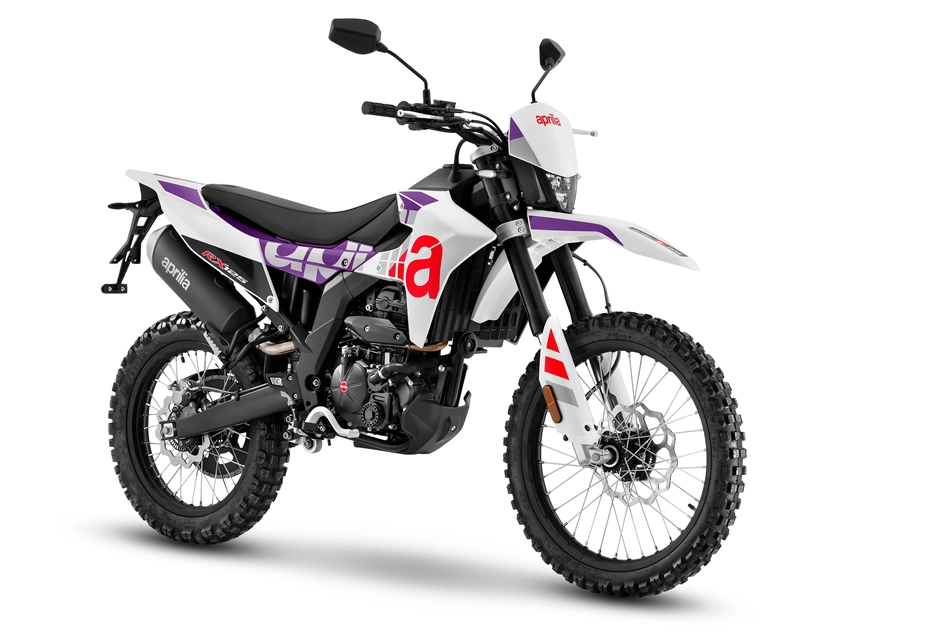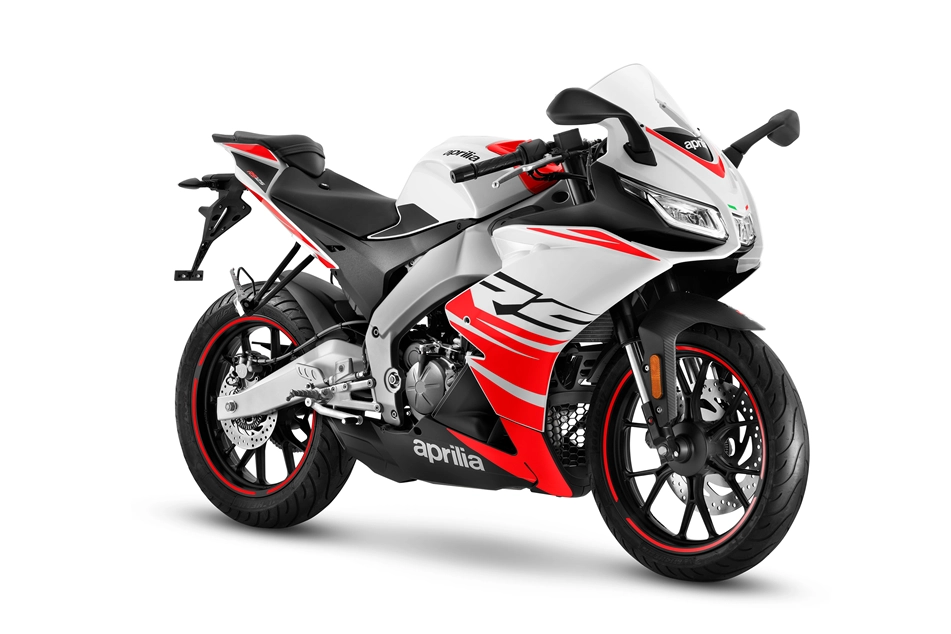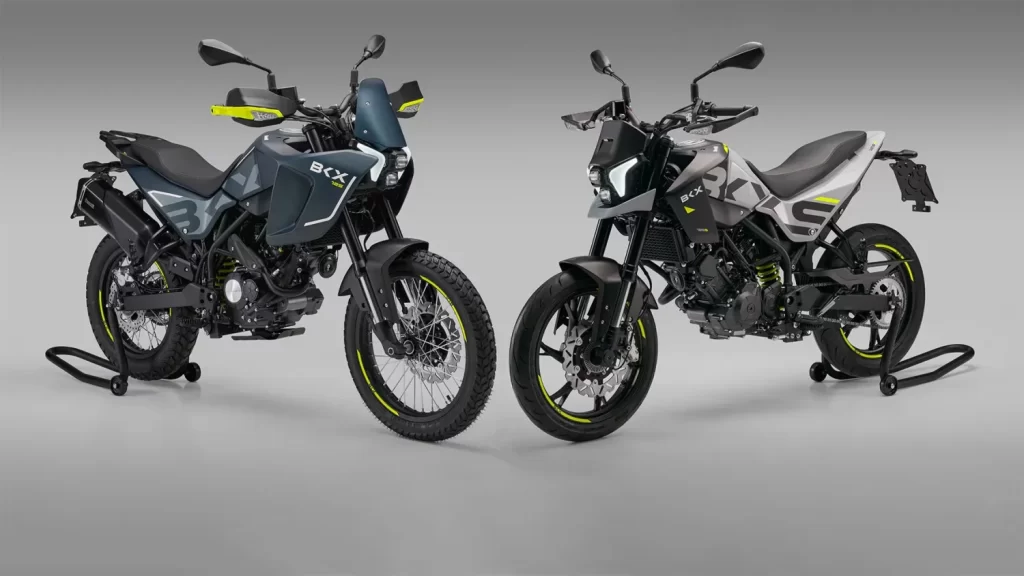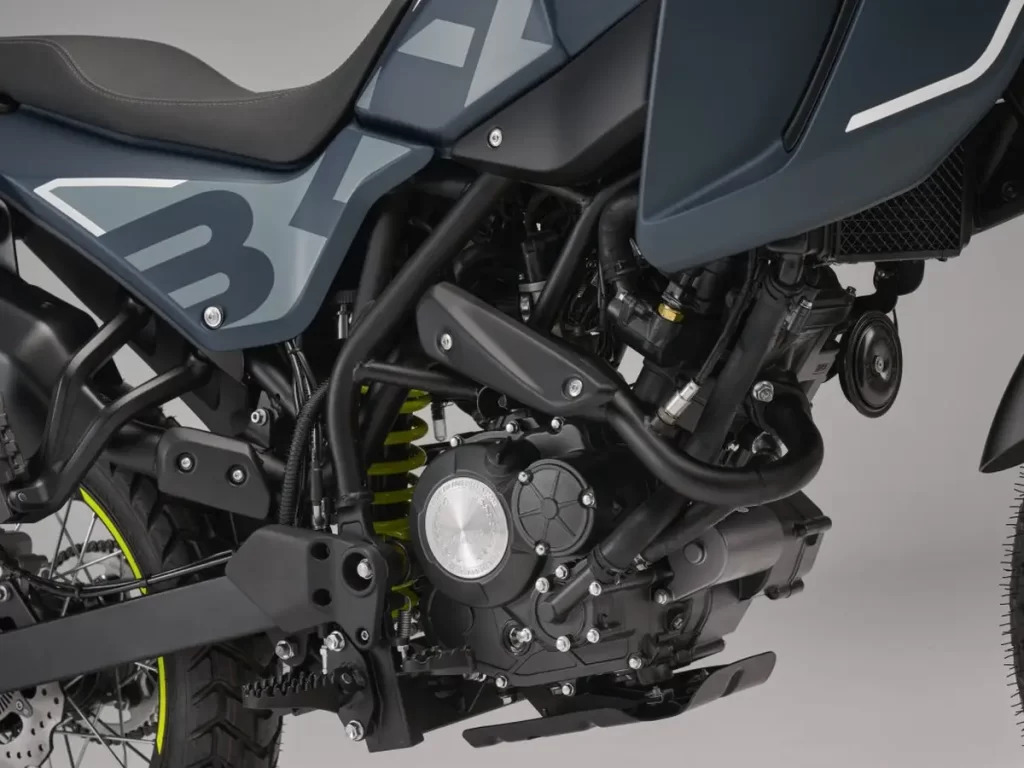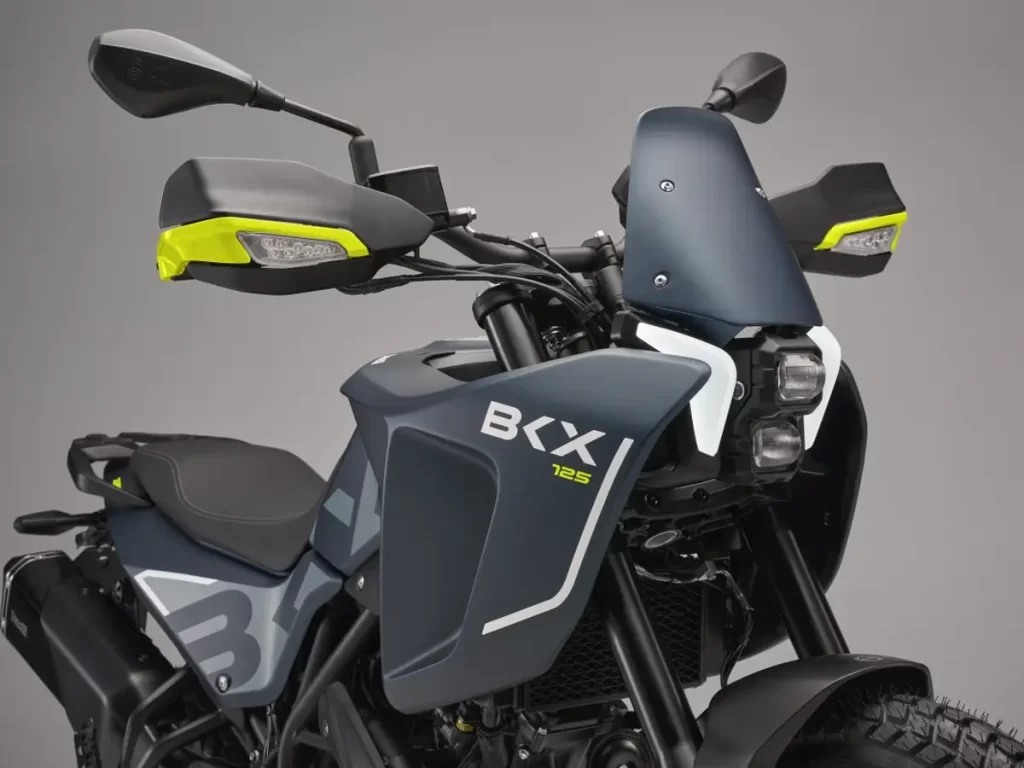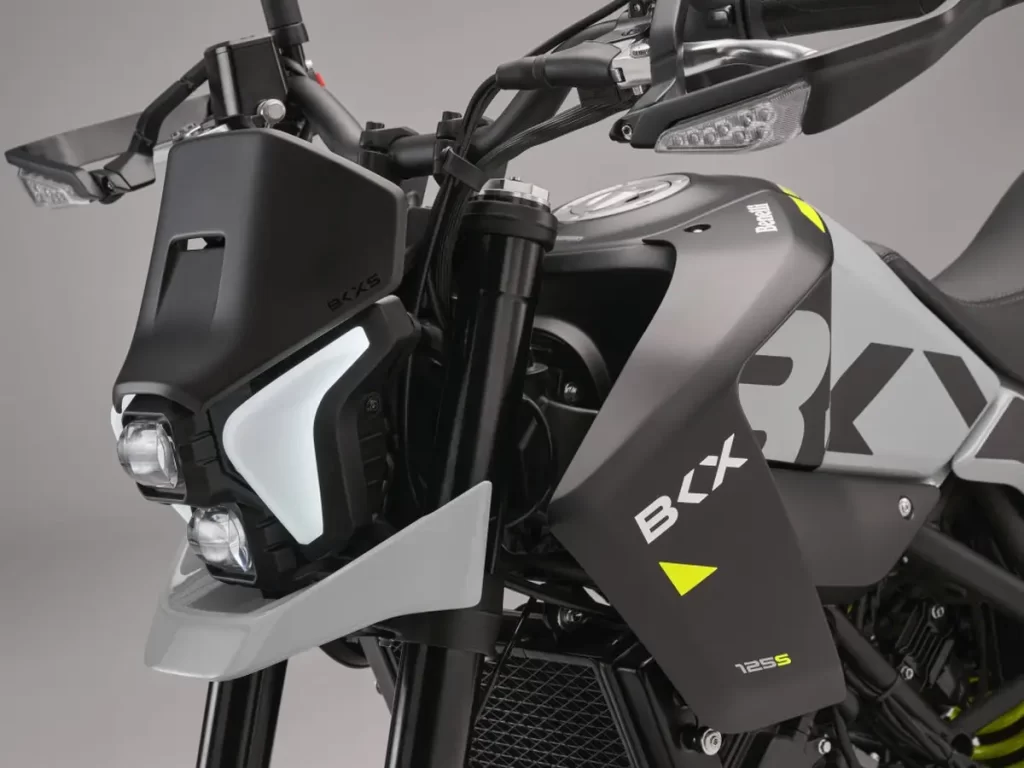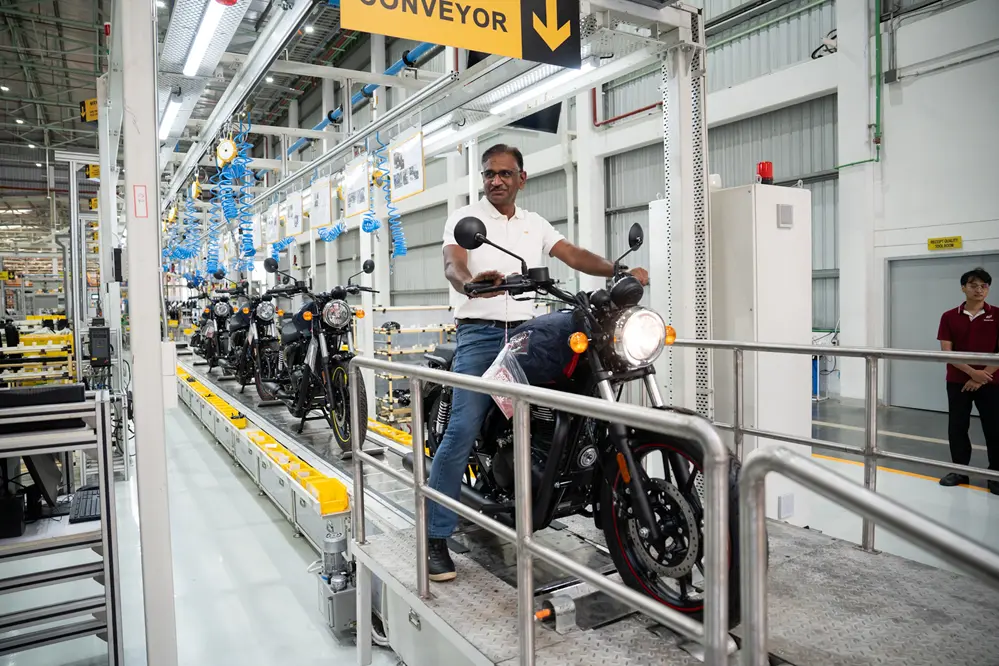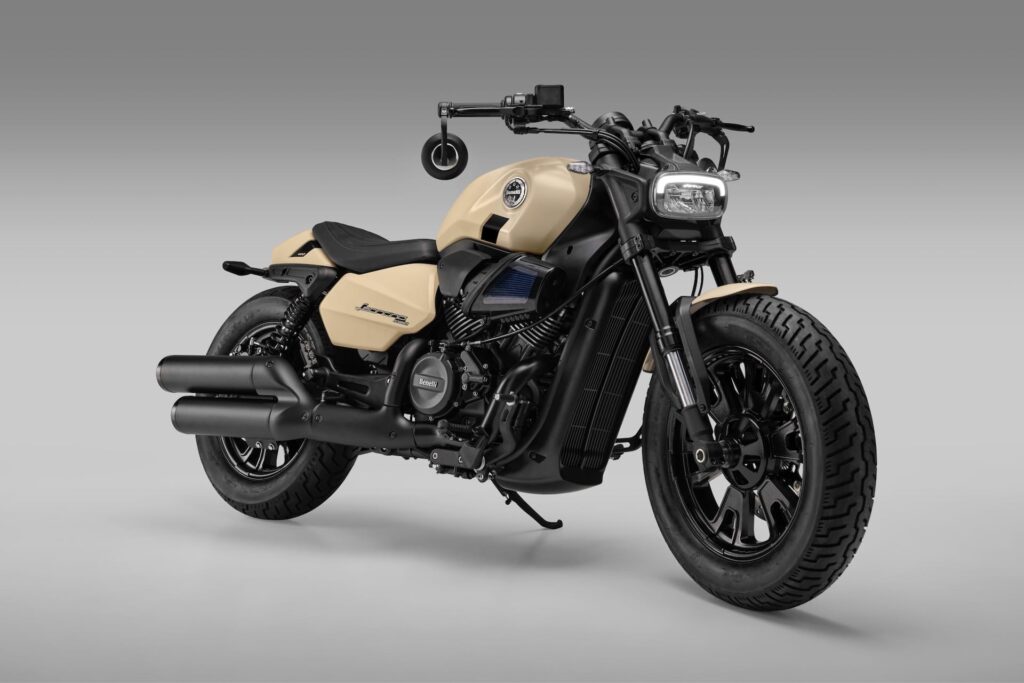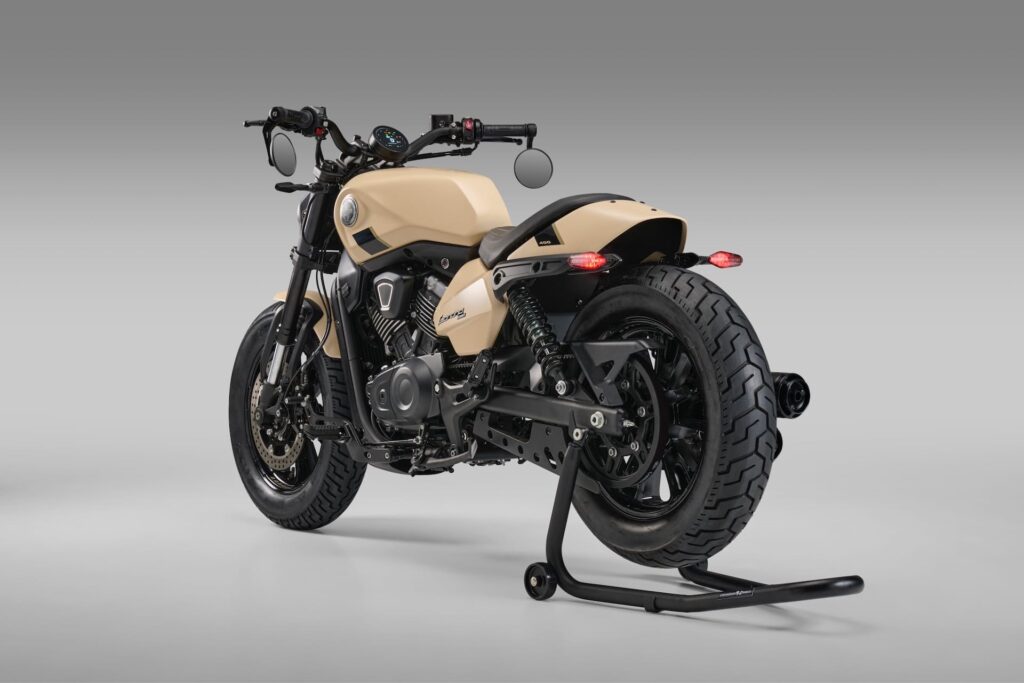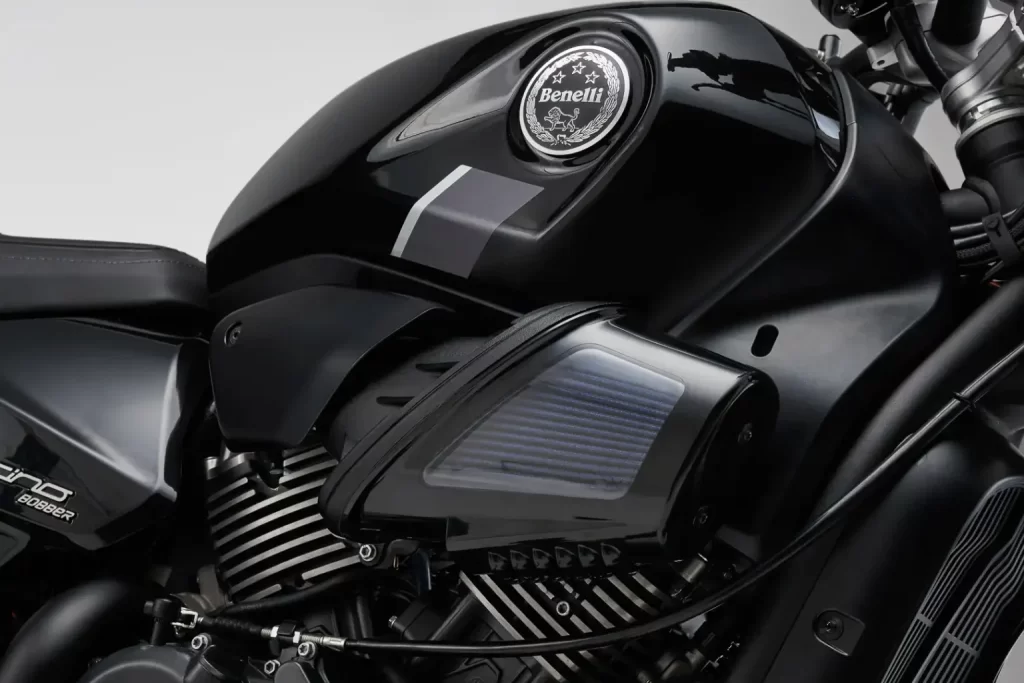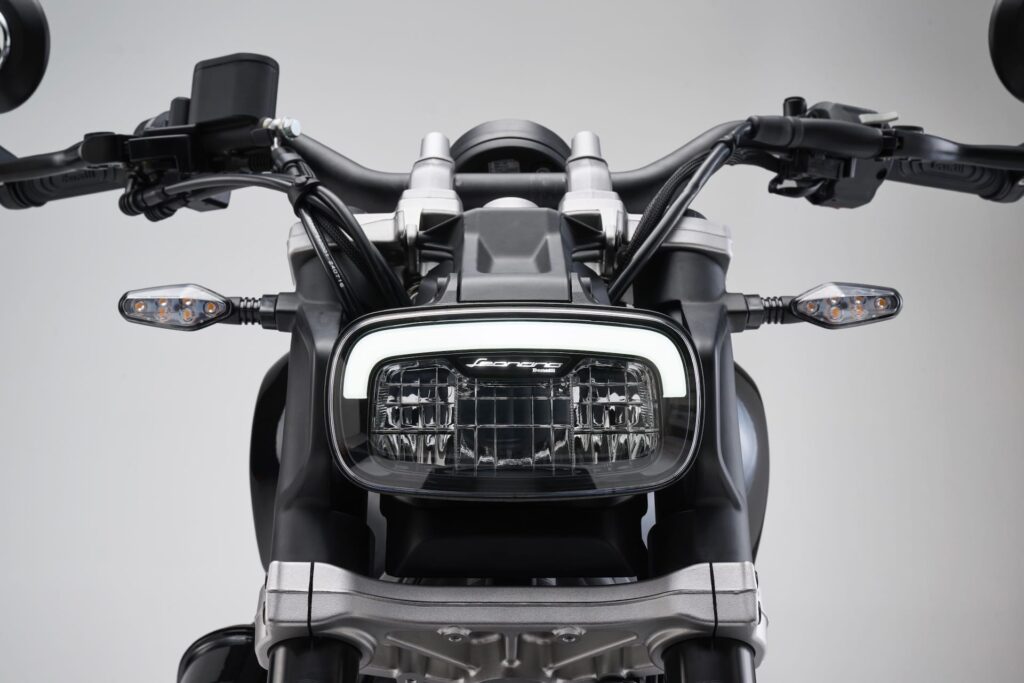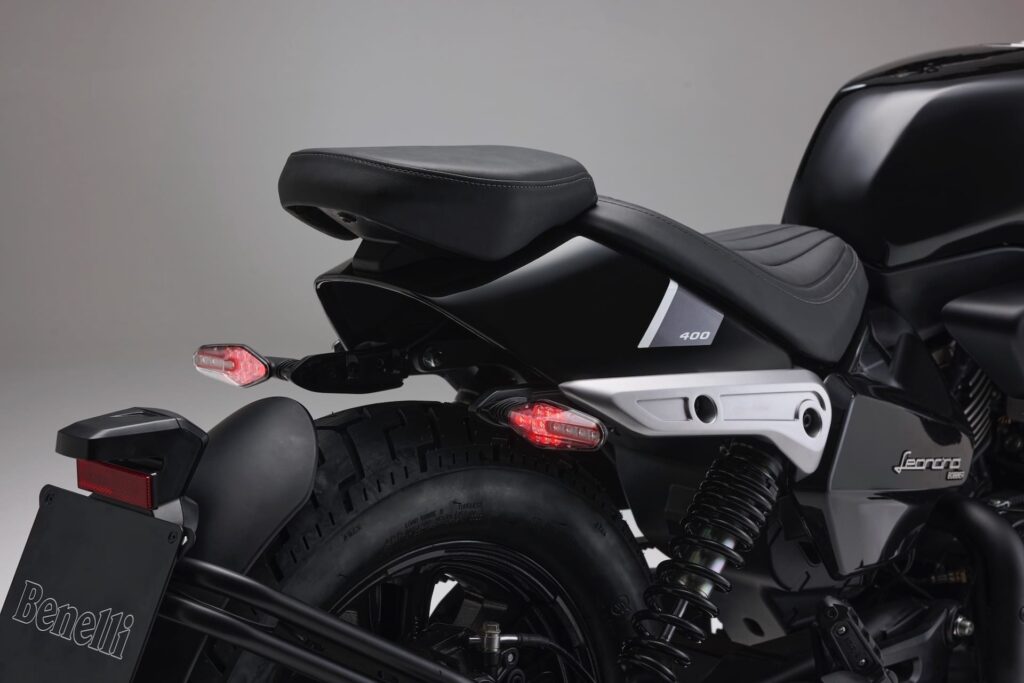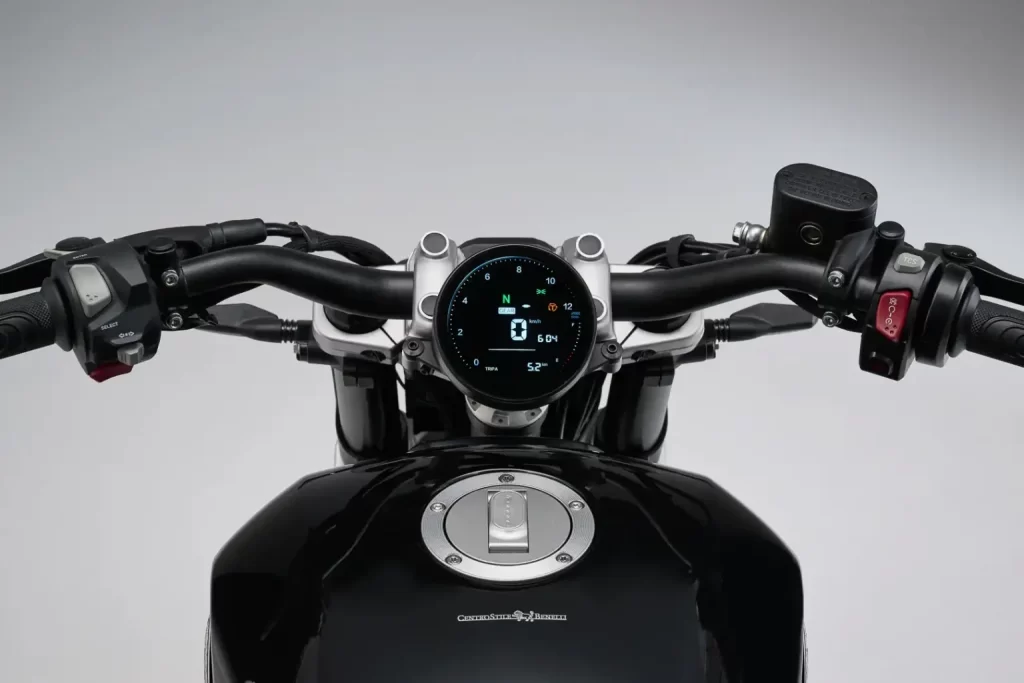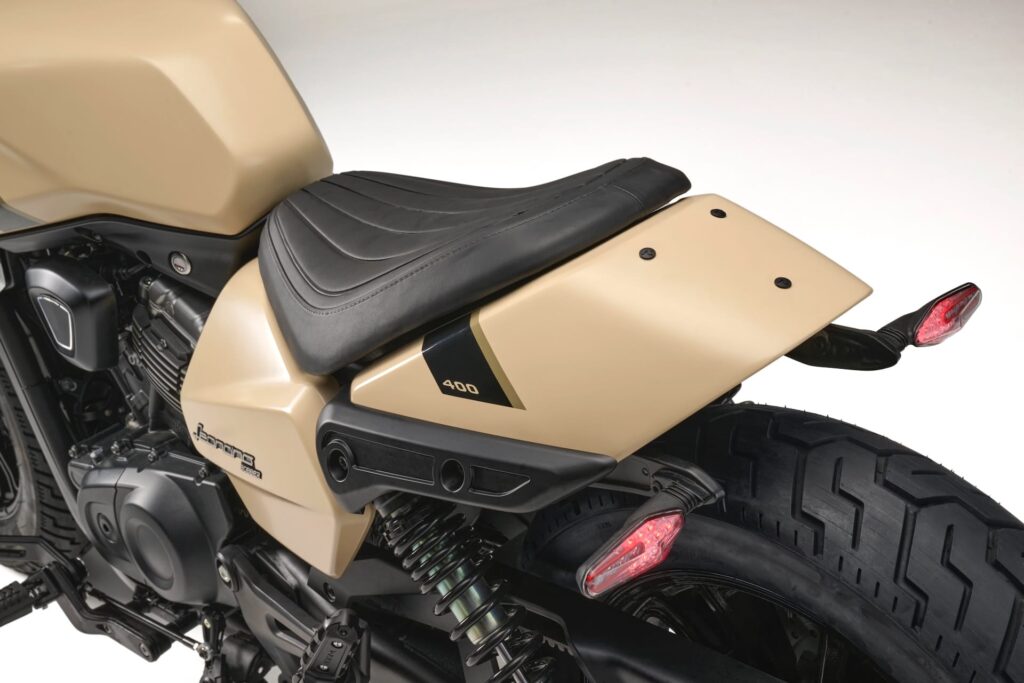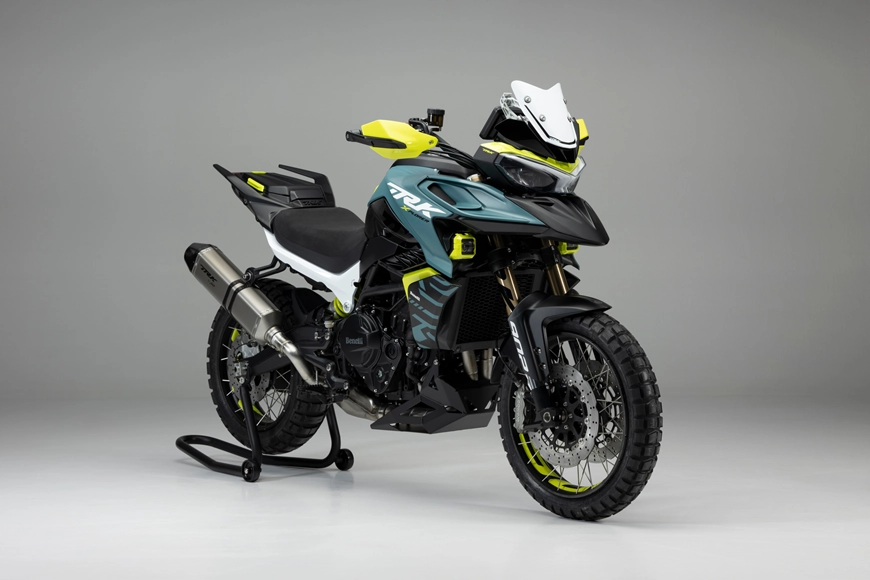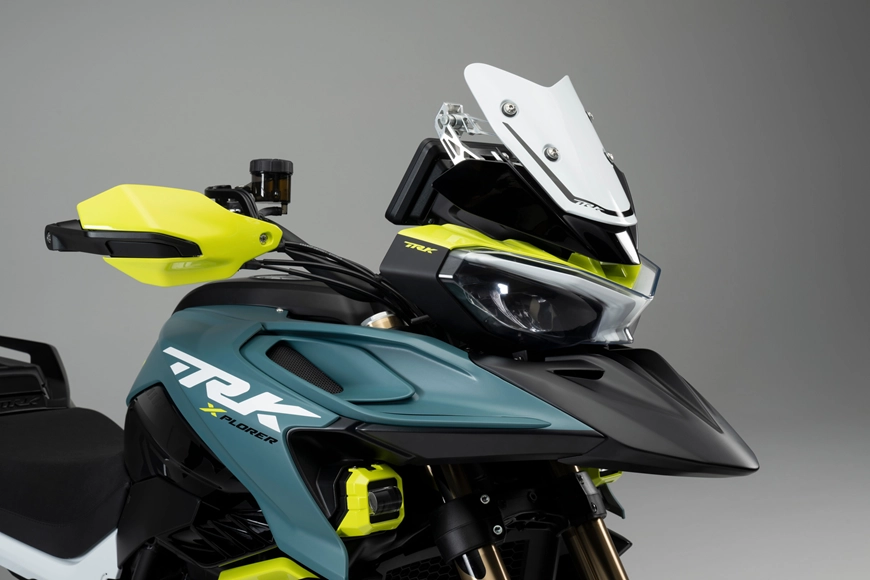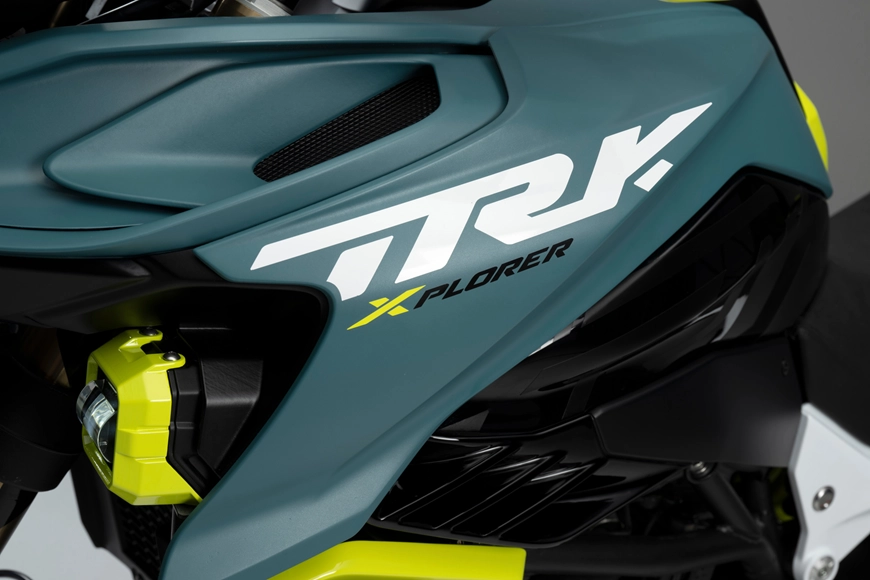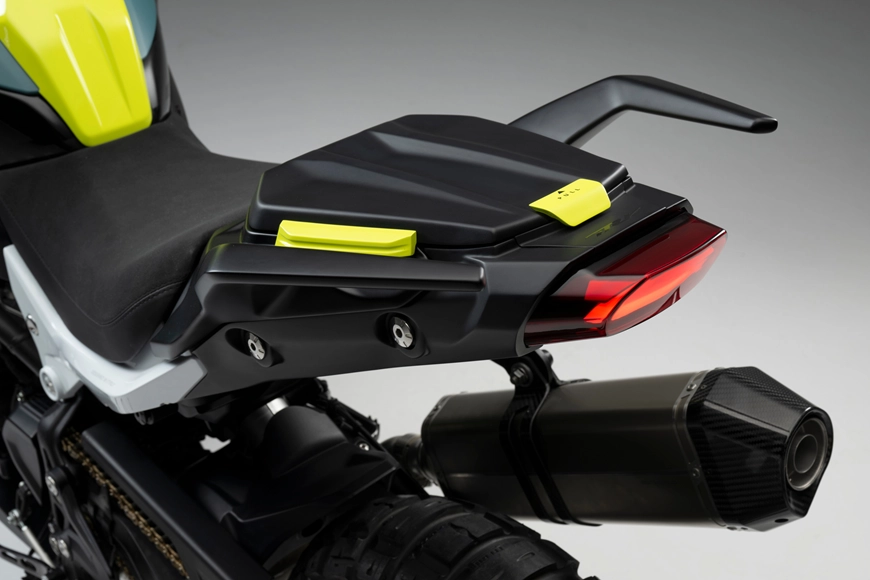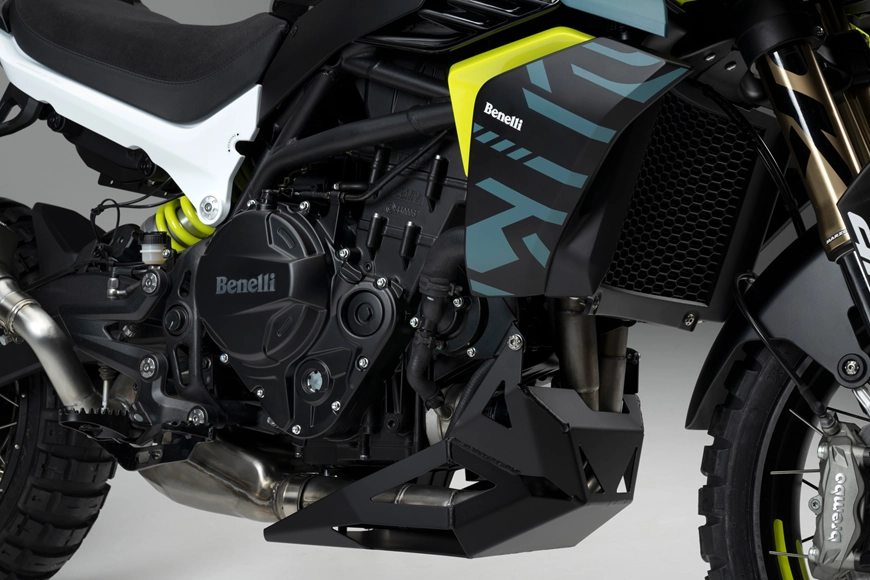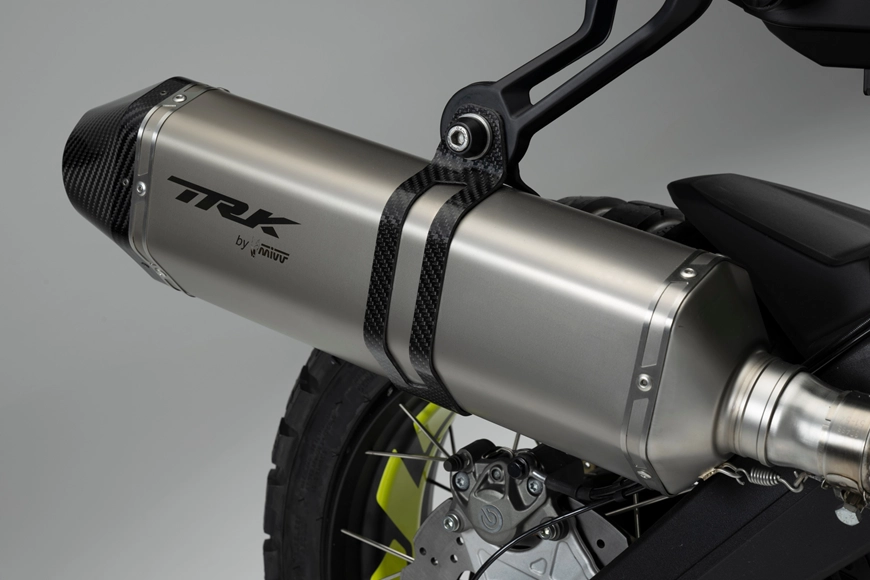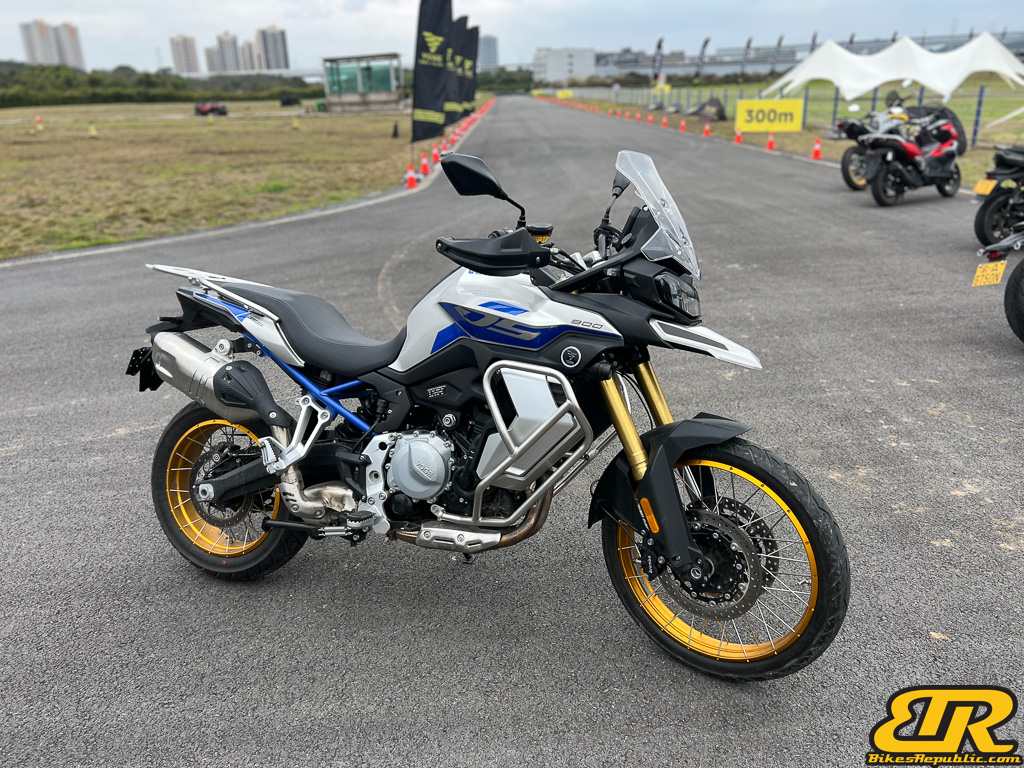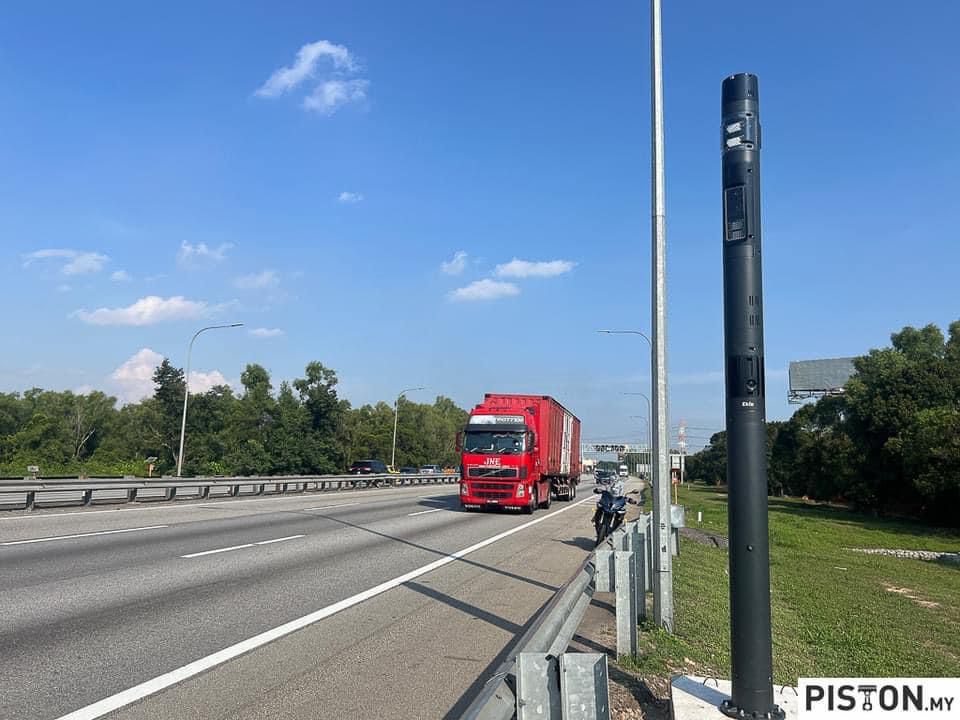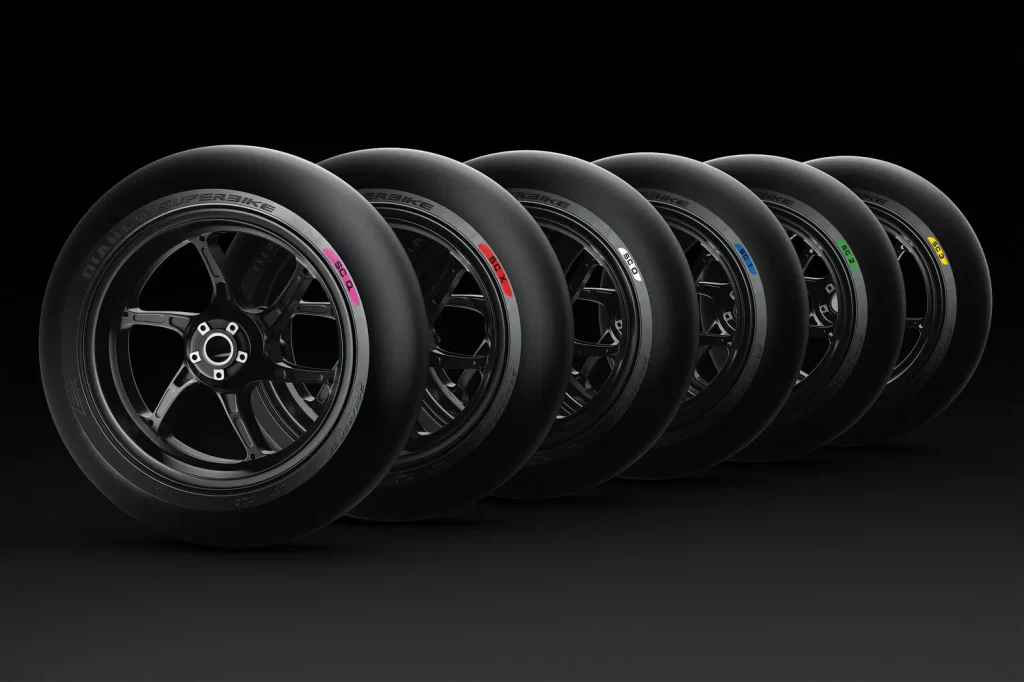While we have quite a large offering of Aprilia motorcycles in Malaysia, there are several models missing from the line-up, namely the Aprilia RS125, Tuono 125, RX125, and SX125. These are available in Europe especially since the continent has A1 and A2 license rules. They seem to be selling well over there and Aprilia has refreshed them for 2025.
Starting with the engine, the single-cylinder, four-valve, liquid-cooled powerplant (shared among the four models) has now been overhauled to meet Euro5+ standards. The engine produces 14.8hp at 10,500rpm and 11Nm at 8500rpm, which at the limit of A1 license regulations. For comparison, the Aprilia 125cc engine’s power output sits in between the Yamaha 135LC’s (12hp) and Y15ZR’s (15.1hp).
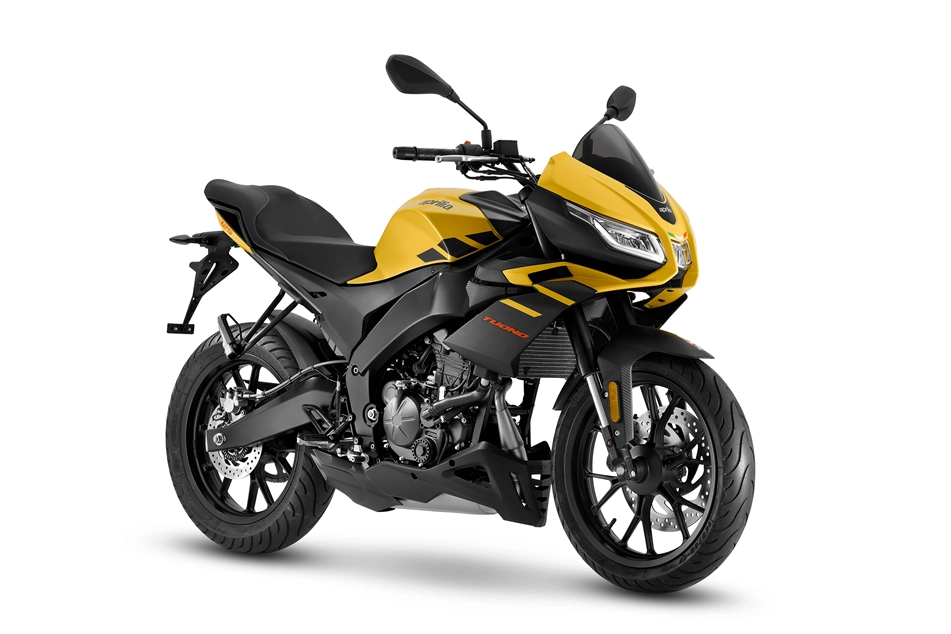
The sportier pair in the foursome, the RS125 sportbike and Tuono 125 naked continue to use the same aluminium twin spar frame as before – making them the only bikes in their class without steel frames. They come with upside-down forks, aluminium swingarms, radially mounted front brakes, and LED lighting all-round.
Colour choices for each are now Kingsnake White or Cyanide Yellow for the RS, and Viper Yellow or Mamba Grey for the Tuono.

The other two variants in the Aprilia 125 lineup are the SX125 supermoto and RX125 dirtbike. The former uses 17-inch wheels front and back, while the latter has a 21-inch front wheel and 18-inch rear wheel. Both these use steel frames. Both machines come in Cubozoa White or Varanus Black.
Prices for the Aprilia RS125, Tuono 125, SX125, and RX125 have not been revealed. Wonder if these will be in Malaysia some day.
